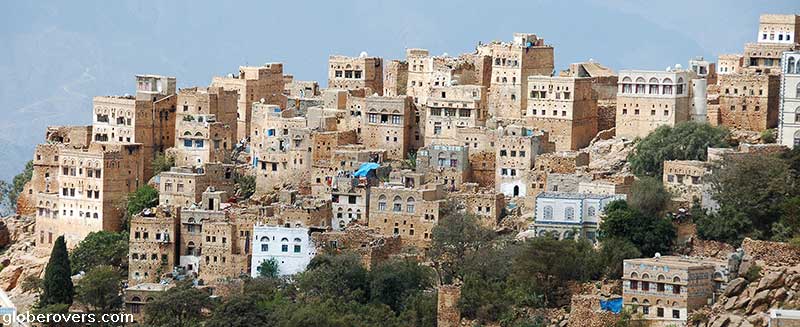
Yemen is located on the southwestern to the southern end of the Arabian Peninsula, south of Saudi Arabia and west of the Sultanate of Oman. Being the second-largest country in the Arabian Peninsula it has a long coastline and claims ownership over more than 200 islands. While large parts of Yemen are desert or semi-desert, some mountain peaks rise up to 3,700 m (12,100 ft) above sea level.
In four separate posts, we first look at an overview of Yemen (this post), then we explore the Yemeni Capital of Sana’a, the Hadhramaut Valley, and the unique rock villages of Thula, Kawkaban, Al Mahwit, Dar al-Hajar, and a quick look at a small town called Shibam
Please check out the post: “Growing up in Al-Mahwit, Yemen” which is my interview with a man now living in Australia who was a teenage boy when I first met him in the Yemeni village of Al-Mahwit.

Why Travel to Yemen?
- The low-down: While Yemen is not a destination for the average tourist, if you are a seasoned traveller and explorer you will find Yemen is a fascinating place in all aspects: nature, culture, food, the people, their lifestyles, and most of all, it seems like time has been standing still here for a very long time. The culture shock is intense, even for the most seasoned global traveller. But, Yemen has become a dangerous place to visit so be very careful. Currently (2022) I would not recommend travelling here.
- The brightest highlight: There is so much to see all over the country. My highlight was the fortified town of Shibam Hadhramaut, jokingly referred to as “Manhattan of the Desert” located in central Yemen. See the photo below.
- Intrepid destination: Totally intrepid. Totally!
- GlobeRovers score (10 is the highest): Yemen is an incredible place to visit so it gets a GlobeRovers Score of 9.5 out of 10.

A short history of Yemen, and Freya Stark
Yemen, officially known as the Republic of Yemen, has long existed at a crossroads of cultures with a history dating back to as early as 5000 B.C. The collection of ancient castles, fortresses and many other signs of early civilisation is all testament to the very rich but tumultuous history of this part of the world.
Over the centuries Yemen and its peoples have lived through several kingdoms, dynasties, the Zaydis and Ottomans, and even the British. The Ottoman Empire lost its grip on Yemen in 1918 and granted it independence, while the Brits left earlier than expected in 1967.
Visiting Yemen is like going back in time, maybe hundreds of years into the past. Almost everywhere is fascinating, in particular the architecture and the lifestyles of the people. However, itineraries should be guided by safety as tourists are often the target of Muslim extremists.
With the death of Imam Ahmad bin Yahya in 1962, the North Yemen Civil War started. The truth is, this was a war with Saudi Arabia, Britain, and Jordan on the one side (supporting the Hamidaddin Royalists), and Egypt on the other side supporting the Republicans.
After six years of war, the Republicans claimed victory in 1968 and formed the Yemen Arab Republic in the northwest of the country, also known as North Yemen with Sana’a as its capital. Around the same time, the British rule ended in the south, so the socialistic state of South Yemen was formed.
After years of fighting between the north and the south during which time many people died, they eventually came to an agreement. In 1990 North Yemen united with South Yemen, known as the People’s Democratic Republic of Yemen, to form the current Republic of Yemen. However, Yemen was still not ready for peace as fighting continued between the north and the south, and just about everywhere.
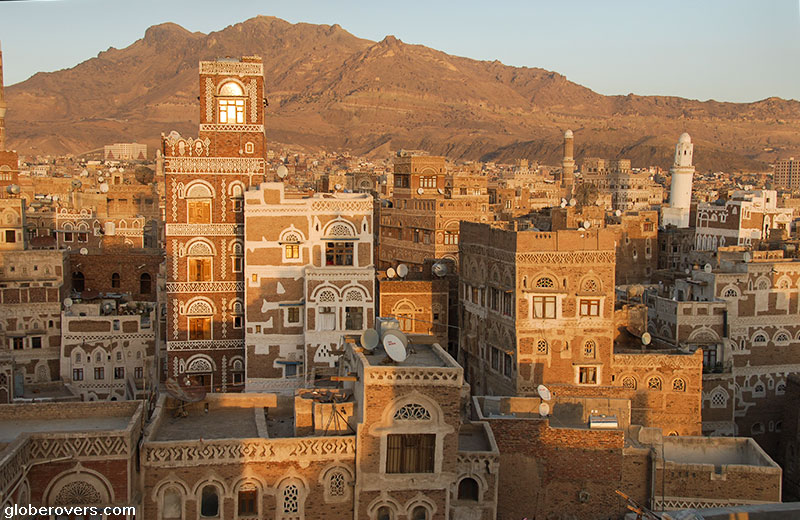
Since the suicide attack on the U.S. naval vessel USS Cole in the Yemeni port of Aden in October 2000, blame was pointed at al-Qaeda. Following the 9/11 attacks on the United States, the danger of al-Qaeda in Yemen became evident.
The Shia insurgency in Yemen began in 2004 and it focused on an uprise against the Yemeni government. Since then there has been a series of bomb attacks on police, officials, diplomats, foreign businesses and tourists.
Bombings outside the American embassy in Sana’a killed several people while the few foreign tourists who ventured into Yemen have been targeted randomly.
The 2011 Yemeni revolution in response to the Arab Spring mass protests has not achieved much in terms of safety for tourists and locals alike.
Looking back at the history of Yemen it is clear that it never has been a safe destination for travellers. It’s been on the Black and Red travel alerts of most countries and the current U.S. Department of State has the following travel warning on their website: “The U.S. Department of State warns U.S. citizens of the high-security threat level in Yemen due to terrorist activities and civil unrest. The Department urges U.S. citizens to defer travel to Yemen and those U.S. citizens currently living in Yemen to depart”.
”Another website spells out the threat in more detail as “…a very high threat of terrorist attacks, abductions, tribal violence and general lawlessness.” Don’t take these warnings lightly. Better sit back and enjoy this article than attempt your own travels through Yemen.
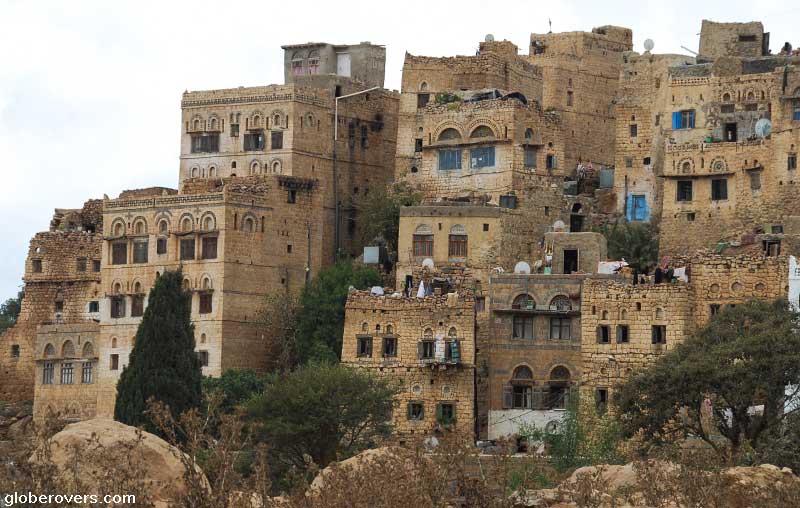
One of the earliest intrepid travellers through the Arabian Peninsula, including Yemen, was British explorer, photographer, and travel writer Dame Freya Madeline Stark (31 January 1893 – 9 May 1993). Born in Paris, France, and dying in Asolo, Italy, Freya Stark was fluent in several languages, including Arabic, which came in handy as she travelled solo around Yemen.
She made her first journey to Yemen’s central Hadhramaut valley in 1935. Her main aim was to trace ancient frankincense routes and visit the pre-Islamic ruins of Shabwa.
She then crossed the desert to the port town of Aden at the end of 1934. She gave a very detailed account of these travels in her book “The Southern Gates of Arabia: A Journey in the Hadhramaut” (1935).
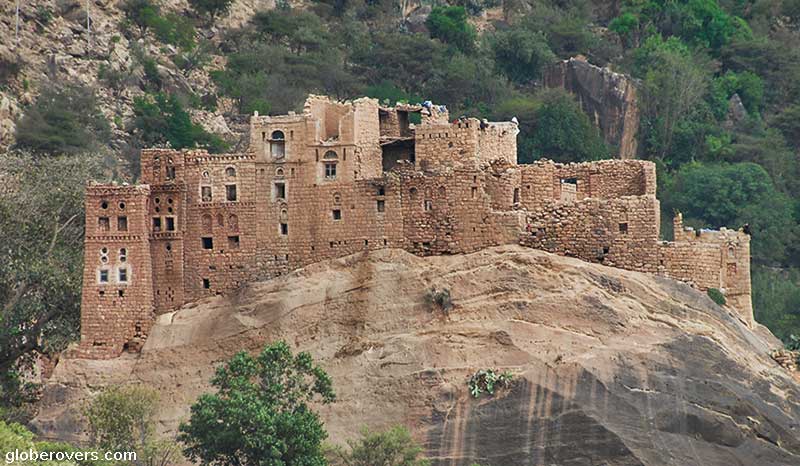
Her second visit to the Hadhramaut Valley was in 1937/8 that she described in her book “Seen in the Hadhramaut” (1938) and she so skillfully tells stories about her travels through Yemen, her brush with death in the desert, and how she travelled woman alone with a camel caravan through the desert filled with Arab men.
“A Winter in Arabia” (1940) is a continuation of her Yemen and other travels through the Arabian Peninsula.
Freya spent time at the Sultan’s Palace at Seiyun, Hadhramaut Valley, in 1935 about which she wrote “I climbed many storeys of the palace to visit the harem and found the women friendly and gay, dressed in the Hadhramaut fashion, but with a touch of Indian slender in their silks.”

In conjunction with St. Anthony’s College, Oxford, there is a lovely exhibition of Freya’s stories and her black and white photographs inside the Sultan’s Palace at Seiyun.
Freya travelled through Yemen for the last time in the 1940s before she returned some 40 years later when she was in her 80s.
She had a total fascination with Yemen, which is well founded, and so easily rubs off on the reader of her books.
Once you have read Freya’s accounts of life in Yemen, you will be hooked on going to see this amazing country for yourself.
A Few of the Many Highlights of Yemen
1) The walled old city of Sana’a
Sana’a, the capital of Yemen, is exemplary of Yemeni architecture and has authentic bazaars which have not changed much in many years.
2) The historical city of Shibam Hadhramaut
Located in the Hadhramaut Valley in central Yemen, Shibam Hadhramaut has been described as “the oldest skyscraper city in the world” and “the Manhattan of the desert.”
3) Seiyun and Tarim
Also in the Hadhramaut Valley, several historical towns are home to palaces and mosques famous for their incredible architecture.
4) Northern villages of Thula, At Tawilan, and Al Mahwit
North of Sana’a are many small villages and towns built along the rocky mountains surrounded by large agricultural terraces.
5) The northern town of Shibam
From the mountain village of Kawkaban is a stunning view over the valley and the northern town of Shibam (not to be confused with Shibam Hadhramaut).
6) Dar al-Hajar, the Imam’s Rock Palace
The Wadi Dhahr Valley is the most iconic symbol of Yemen: the Dar al-Hajar, also known as Imam’s Rock Palace, perched atop a rock pinnacle.
☛ Read more: All Posts about Yemen
☛ Read more: Sana’a – Yemen’s Ancient City in a Time-Warp
☛ Read more: Unique Rock Villages of Yemen
☛ Read more: Yemen’s Hadhramaut Valley
☛ Read more: Growing up in Al-Mahwit, Yemen

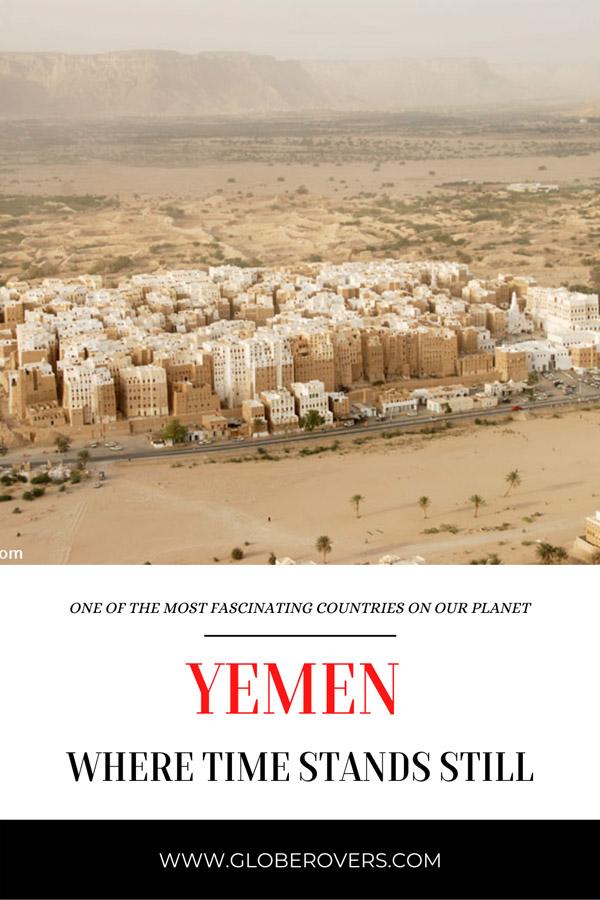
READ MORE:
Yemen, A True Travel Story to the Most Dangerous Destination in the World by UNCHARTED BACKPACKER

Blog post and photos by Peter who has been travelling almost full-time since 2005 and has been to over 122 countries. He visited several countries, such as Japan, more than 20 times. Peter is Editor-in-Chief and Publisher of GlobeRovers Magazine, an independent travel magazine focused on intrepid destinations.
